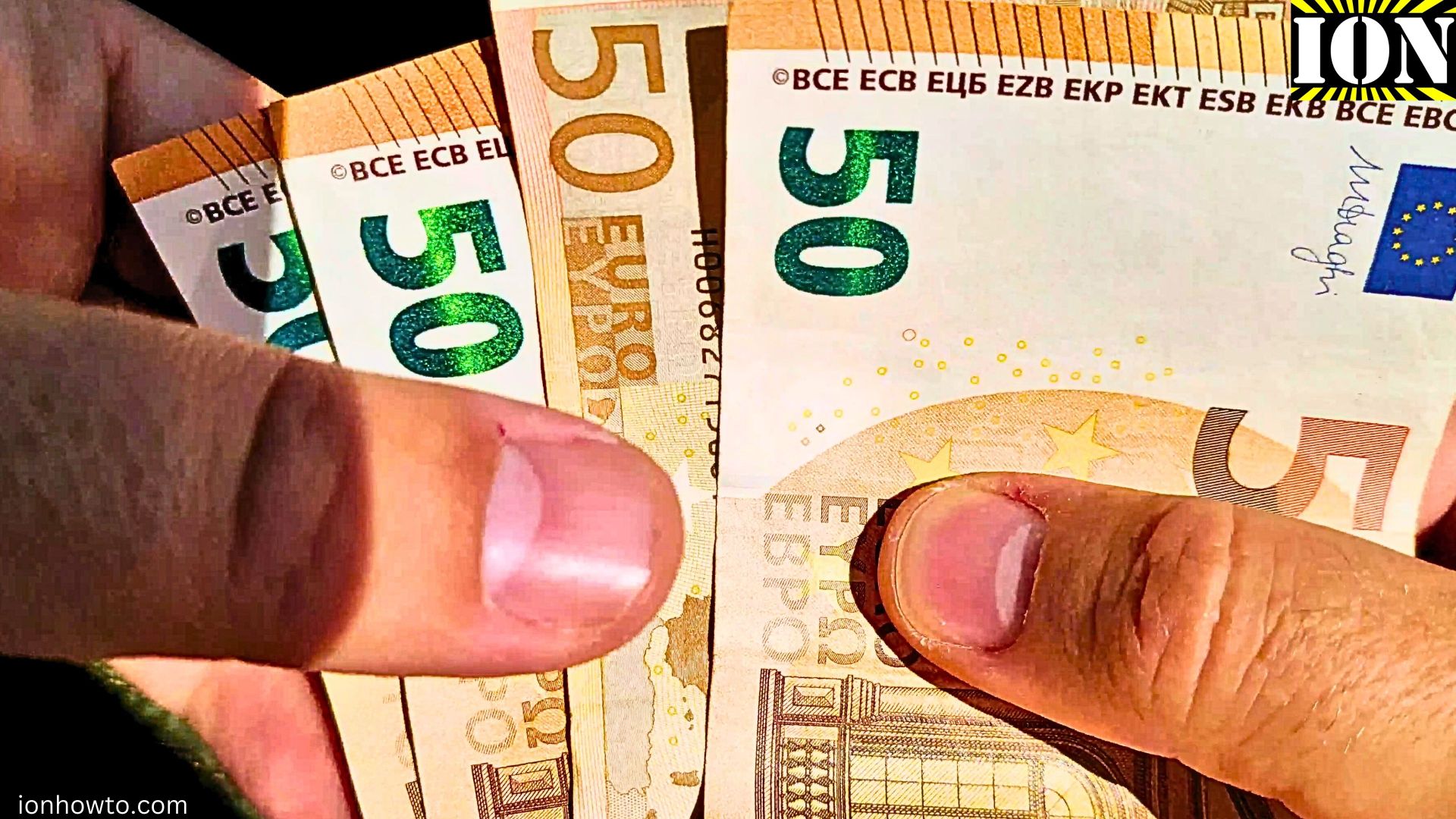Fake 50 Euro Banknotes or Real
With counterfeit bills circulating, you should know how to check your Euro banknotes. While I focus on the €50 note, these security features appear across all Euro banknotes.
Feel Test
Real Euro banknotes have distinct characteristics you can feel:
- The paper feels crisp and firm (not soft)
- Raised print on the images, text, and large number
- Special ridged sections on the left and right edges
- Rough texture in specific areas
Security Features for €50 Notes
1. A Watermark
- Hold the note against a light source
- Look for the portrait watermark
- The denomination number should also be visible
- Both should appear as subtle shades, not printed on the surface
2. The Security Filament
- Hold the note against light
- Look for the dark line running top to bottom
- The € symbol and value appear in tiny white text
3. Hologram Strip
- Tilt the note back and forth
- Look for:
- The € symbol
- The value number
- A portrait window
- The architectural designs
- These should change color as you move the banknote
4. Color-Changing Numbers
- Tilt the note
- Look at the number in the bottom corner
- It should change from emerald green to deep blue
- The effect should be smooth and clean
New vs Old €50 Notes Differences
New €50 Note (Europa Series)
- Emerald number that changes color
- Portrait window in the hologram
- Raised lines on the sides
- Smoother overall texture
Old €50 Note
- Color-shifting number (purple to olive green)
- Hologram patch instead of strip
- No portrait window
- Slightly different paper texture
Quick UV Light Test
- Under UV light, check for:
- Small glowing fibers embedded in the paper
- Specific parts of the note will glow in different colors
- The EU flag should show specific patterns
Other Euro Denominations
The same security features appear on all Euro notes with slight variations:
€5, €10, €20 Notes
- Smaller in size
- Similar security features
- Color schemes differ
€100, €200 Notes
- Larger size
- Additional security features
- More detailed holograms
More Tips
- Always check multiple security features
- When in doubt:
- Compare with a known genuine note
- Check with your local bank
- Use a UV light if available
Usual Signs of Fake Notes
Watch out for these:
- Paper feels unusual (too smooth or rough)
- Blurry or fuzzy printing
- Missing raised print
- Hologram doesn’t change properly
- Security thread is printed on, not embedded
If You Suspect a Fake
- Don’t accept the note
- If you have already accepted it:
- Note where you got it
- Contact your local police
- Take it to your bank
- Never try to pass on a suspected counterfeit – it’s illegal
Updates
The European Central Bank regularly updates security features. Keep yourself informed about:
- New security features
- New banknote designs
- Recently discovered counterfeits
Conclusion
While this guide covers the main security features, remember that genuine Euro notes have many more security elements. When in doubt, take your time to check multiple features. It’s better to spend a few extra seconds checking than to accept a counterfeit note.
More info on the ECB website for anti-counterfeiting news.










Leave a Reply